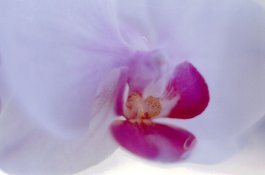tranquibra
Member
- Joined
- Apr 18, 2007
- Messages
- 19
- Format
- 35mm
I'm interested in some ECN-2 process at home. I noticed that Photographers' Formulary catalog (http://stores.photoformulary.com/images/store_version1/Catalog.pdf, page 27), for CD-3, it says "use CD-4" instead. I remember I read past posts, including some from PE, that CD-3 and CD-4 are meant for different dye formation and cross using them will cause color shift.
I know CD-3 is also available from Artcraft Chemicals. But from a practicality point of view for ECN-2 process and your experience, can CD-3 really be substituted with CD-4 without affecting the final dye color rendering and stability? If so, what would be a good weight conversion? Kodak publication calls 4g/L for CD-3.
Thanks for your help.
I know CD-3 is also available from Artcraft Chemicals. But from a practicality point of view for ECN-2 process and your experience, can CD-3 really be substituted with CD-4 without affecting the final dye color rendering and stability? If so, what would be a good weight conversion? Kodak publication calls 4g/L for CD-3.
Thanks for your help.











 .
.




